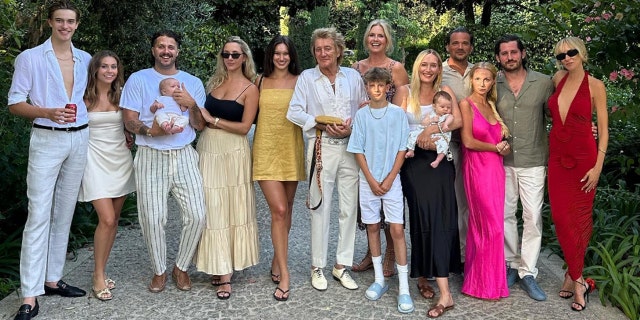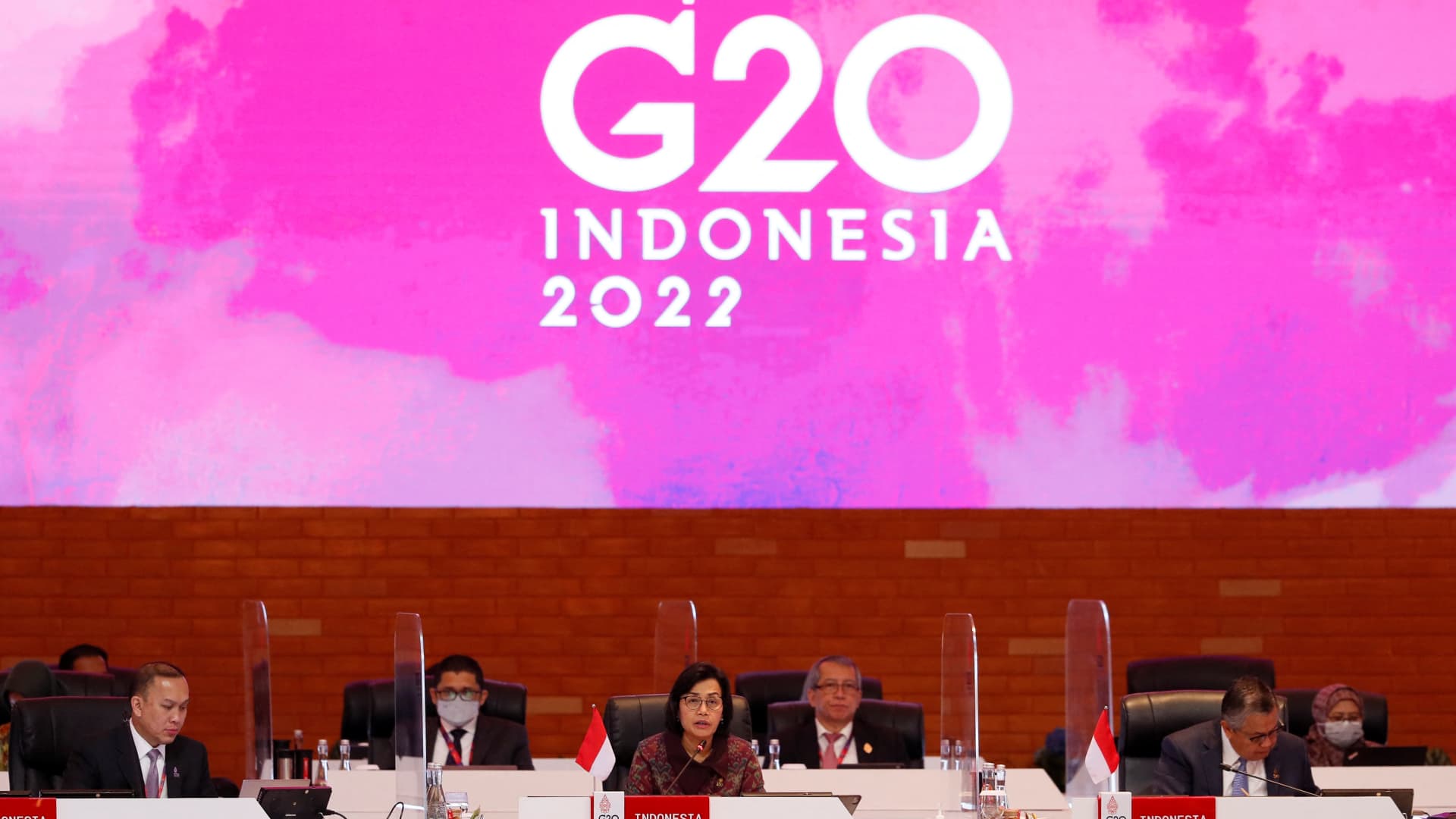
A computer-generated model of a quasicrystal pattern
Eric Heller/Science Photo Library
After being shaken for about a week, thousands of millimetre-sized metal beads arranged themselves into an exotic structure called a quasicrystal – and it was the biggest one yet. The creation also helped the researcher behind it win a bet against a colleague.
For something to be a crystal, its building blocks must be arranged in a repeating pattern, like the perfect grids of atoms in salt crystals. Within quasicrystals, some arrangements do repeat but never in a uniform or predictable way.
Quasicrystals were first …
























































